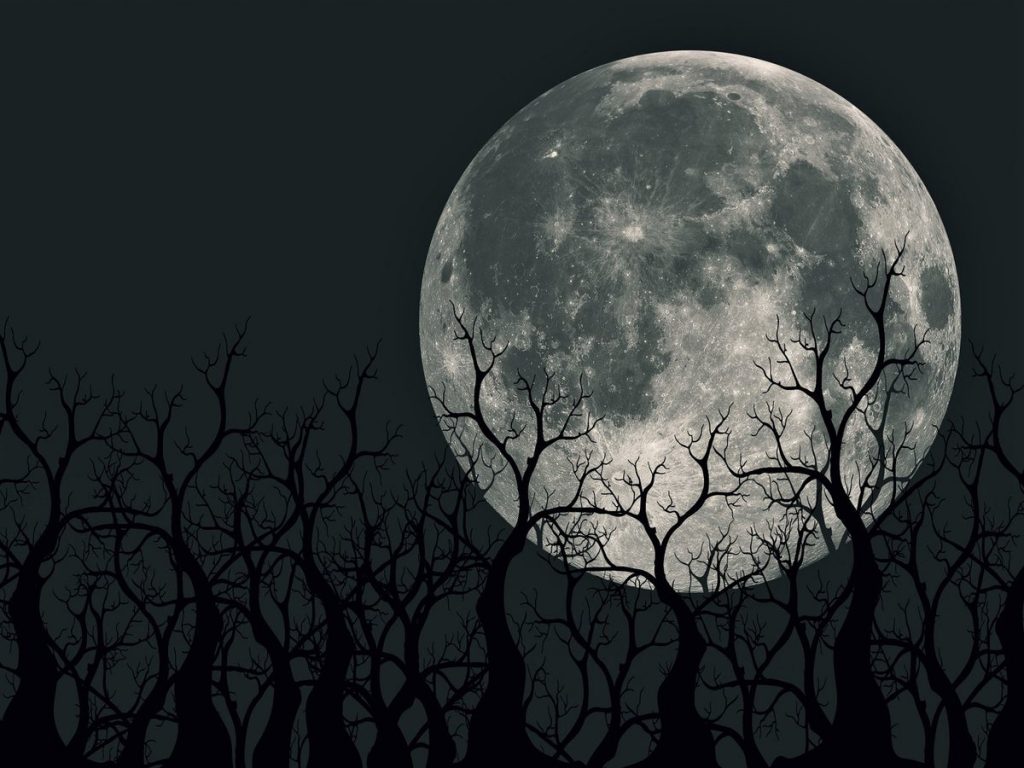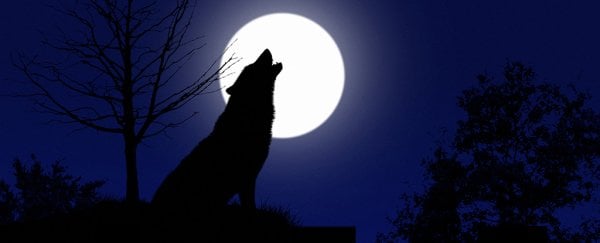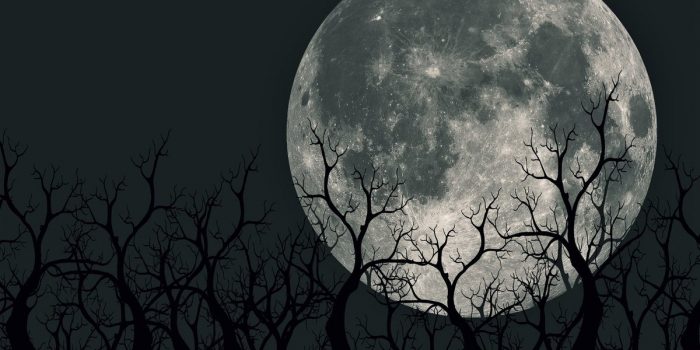The full moon will occur this weekend on one of the year’s longest days, providing sky gazers with a once-in-a-lifetime opportunity to enjoy the celestial splendor.
The long moon is called cold because this is how Native American tribes referred to December’s full moon. It is the final full moon of 2021, peaking at 11:36 p.m. EST (0432 UTC) on December 19. It occurs only three days before the Winter Solstice, the shortest day of the year in the Northern Hemisphere.

Even though the Moon won’t be full until Saturday, it will appear full for three days, from Friday evening (December 17) through Monday morning (December 20), making this a “full moon weekend,” according to NASA.
“As the full Moon closest to the Winter Solstice, this will be the Long Night Moon,” Nasa stated.
“The plane of the Moon’s orbit around the Earth nearly matches the plane of the Earth’s orbit around the Sun. Therefore, when the path of the Sun appears lowest in the sky for the year, the path of the full Moon opposite the Sun appears highest in the sky.”

The winter solstice will take place on Tuesday, December 21, at 10:59 a.m. EST (1559 UTC). During that time, the North Pole will be at its farthest angle — 23.5 degrees – away from the sun. People residing in the Northern Hemisphere can bid farewell to autumn and embrace winter, which will last until March 20, 2022.
The winter solstice has the year’s shortest daylight time. In Washington D.C., there is just 9 hours, 26 minutes, and 12.9 seconds of sunlight from dawn until dusk. As a result, solar noon, or the highest point in the sky that day, will be at 27.7 degrees in Washington, D.C., the lowest of the year. According to reports, solar noon usually does not occur at noon or midnight.

The Moon will appear particularly large as it rises in the evening and sets in the morning due to an optical trick known as the Moon Illusion. This is where the brain is deceived into believing that the Moon is larger than the relative size of objects on the horizon, such as buildings and trees.
There is no hard science behind this notion, with NASA saying it is most likely related to how we perceive the world.


